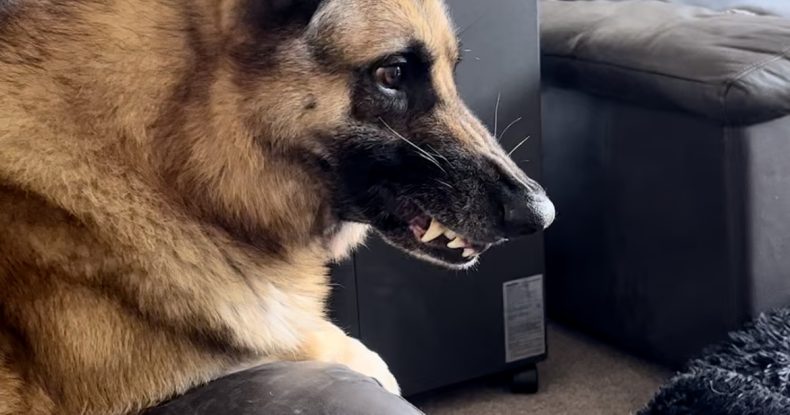Hey *|FNAME|*
For many of us, our dogs are more than just pets, they’re cherished members of our families. Yet, despite our deep bond with them, understanding their behaviour can sometimes be a challenge.
It didn’t ‘‘come out of nowhere’’ or ‘they are so unpredictable’’
Your dog is quite often giving you and their triggers lots of warnings and signs… it’s just that…
You’re not reading them properly and misunderstanding them
Dogs communicate primarily through body language, and learning to interpret this language can be crucial in addressing reactive behaviour and fostering a better life together, as two separate species
Let’s dive in and take a look at some things you can look for that will help both of you in your quest for a more peaceful outing.
The Language of Canines
Dogs rely heavily on body language to express their emotions, intentions, and needs. While vocalisations such as barking and growling can provide insight into their state of mind, it’s their body that truly speaks volumes.
Here are some key aspects of canine body language to look out for:
- Posture: A dog’s posture can tell you a lot about how they’re feeling. A relaxed, neutral posture indicates contentment, while a stiff posture with raised hackles suggests arousal or agitation. Similarly, a crouched or lowered posture may signal fear or submission.
- Facial Expressions: Just like humans, dogs use facial expressions to convey their emotions. A relaxed open mouth, soft eyes, and gently wagging tail, indicate a happy, contented dog. Conversely, a tense mouth, narrowed eyes, or bared teeth may signify discomfort, fear, or aggression.
- Tail Wagging: Contrary to popular belief, a wagging tail doesn’t always mean a dog is friendly. The speed, height, and direction of the wag can provide valuable insights into their mood. A broad, loose wag usually indicates happiness, while a stiff, rapid and highly held wag may indicate agitation or aggression.
- Ears: Pay attention to your dog’s ears, they can offer clues about their emotional state. Erect, forward facing ears may signal alertness or curiosity, while flattened ears suggest fear or submission. Some breeds, like hounds, may naturally have droopy ears, so it’s essential to consider the context alongside the ear position.
Understanding your dog’s body language not only helps address reactive behaviour but also strengthens the bond between you both because by learning to interpret their cues, you can better meet their needs, anticipate their reactions, and communicate effectively with them.
Take the time to observe and learn your dog’s unique body language cues.
After all, a happy, well-adjusted dog is a joy to be around and understanding their body language is the key to making that happen.
If you want to learn more about your individual dogs behaviour, don’t forget we have our Beyond the Bark workshop coming up and I’d love to help you to interpret more of what your dog is saying.
You can click here to find out more.
Speak soon,
Claire Lawrence
